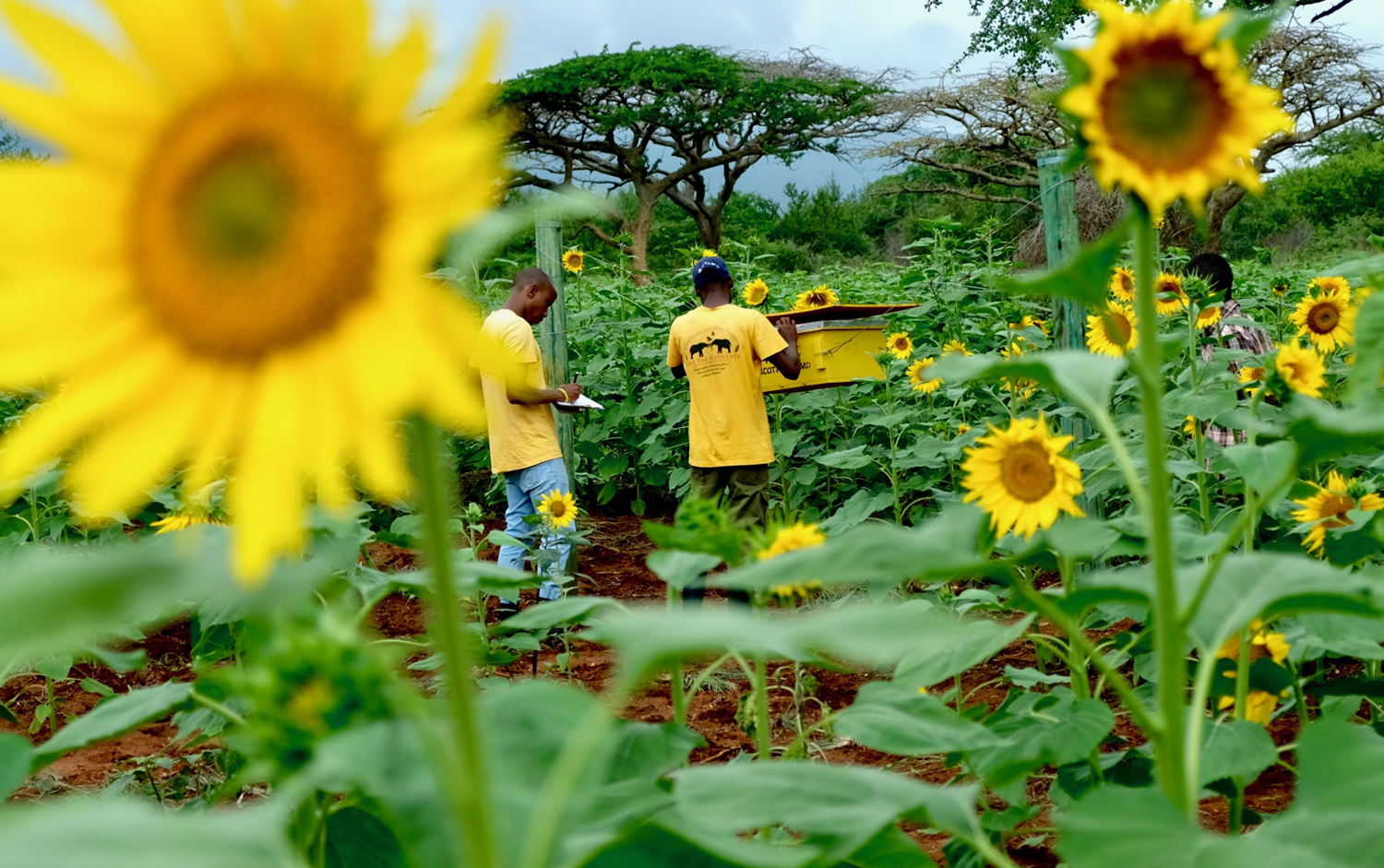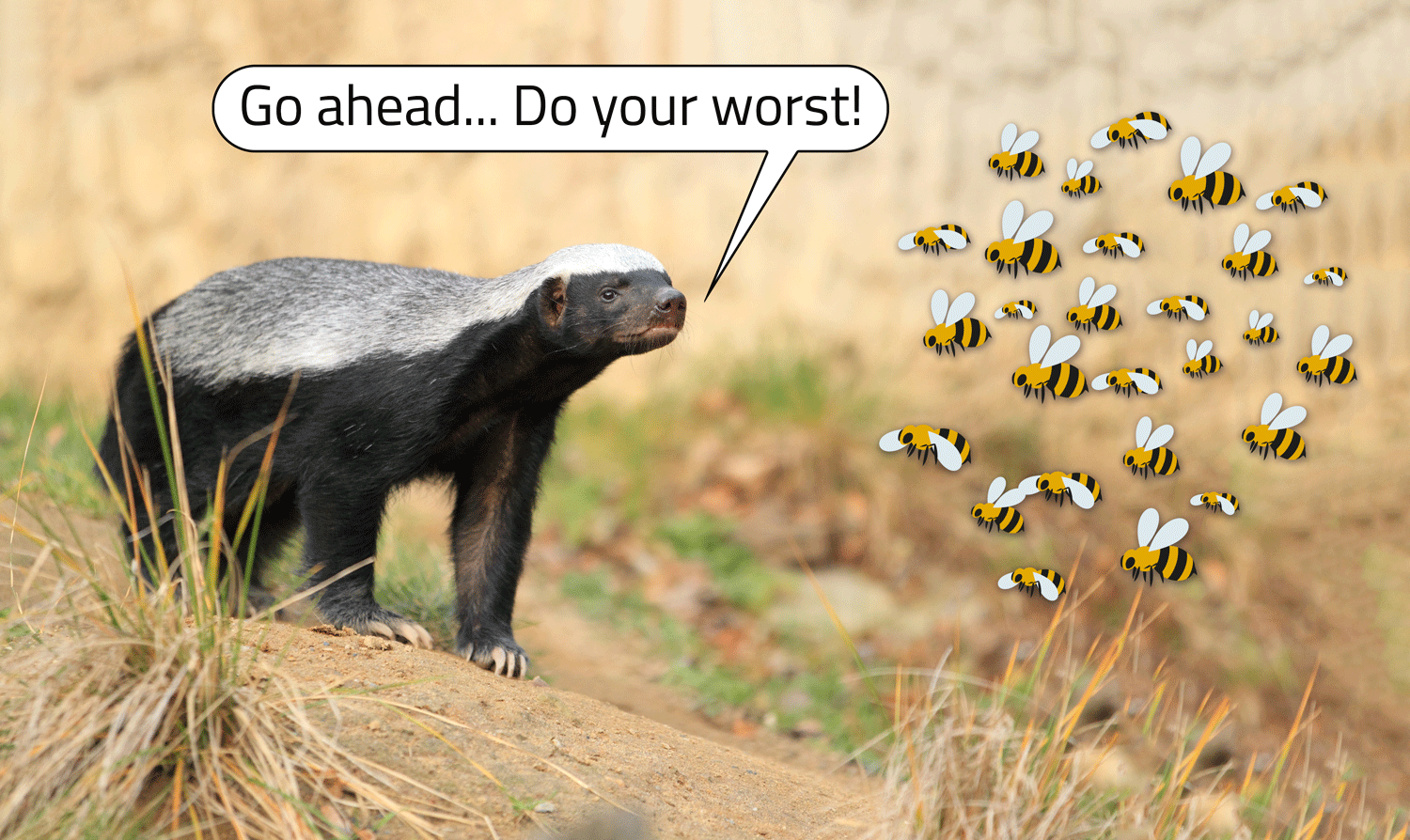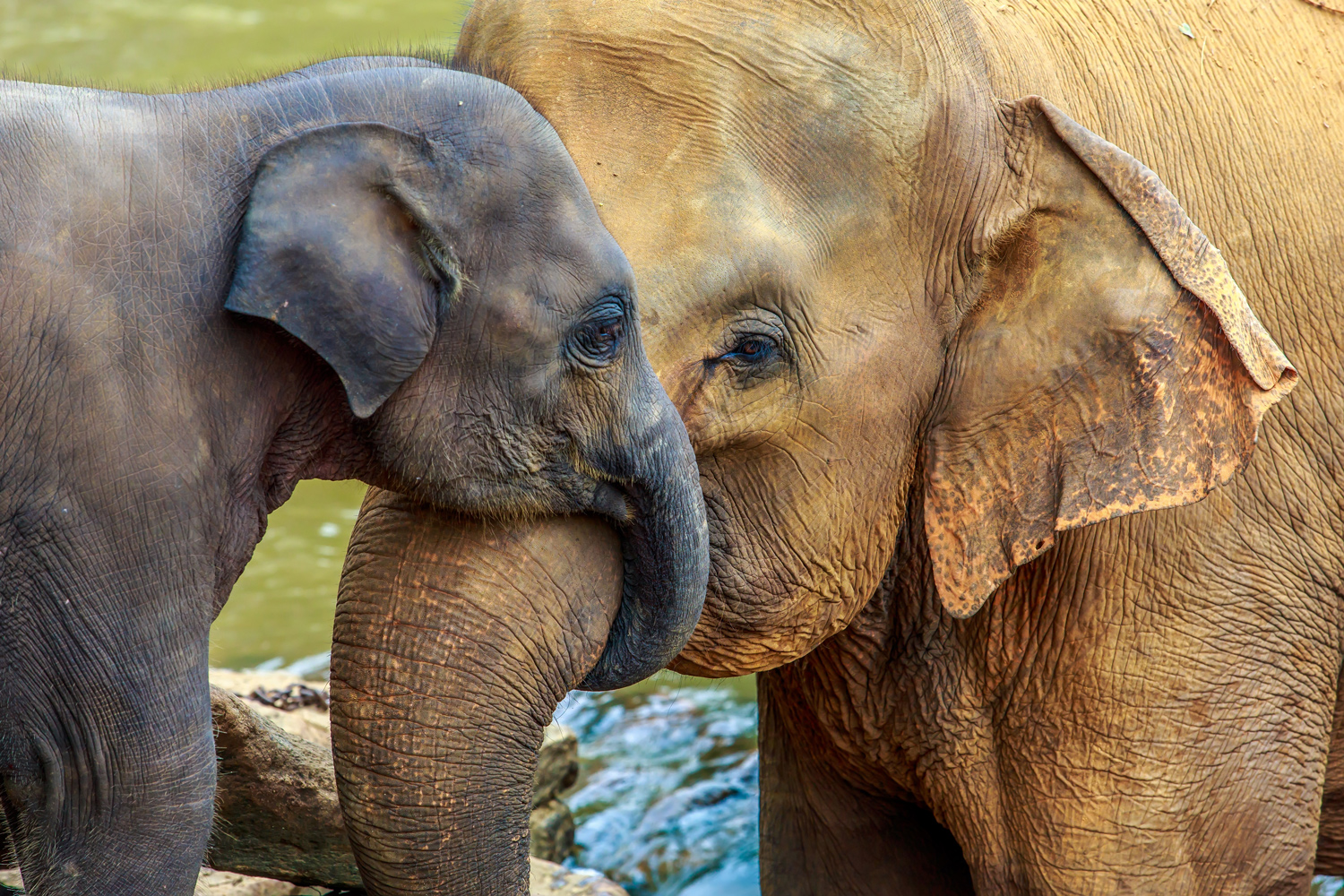Bees Save the Day
Bees can scare elephants away from farms and keep them from destroying crops.

© Jasper Scofield/Save the Elephants (savetheelephants.org)
A group called Save the Elephants is helping Kenyan farmers set up beehives like the one in this yellow box.
Farmers and elephants often don’t get along. With its massive size and hearty appetite, one elephant can destroy an entire harvest in a single day, endangering the farmer’s ability to survive. In Africa, farmers have sometimes killed elephants to stop them from eating crops. But farmers now have a solution that protects both the elephants and the crops—the careful placement of beehives.
Studies show that elephants are frightened of swarming bees and will usually leave an area when they know the buzzing insects are around. So an organization called Save the Elephants is helping farmers in several African nations to create beehive fences around their crops by attaching the hives to wires that surround the crops.
The hives are several feet off the ground, so they’re somewhat protected from honey badgers, which aren’t afraid of bees; but the hives will get shaken if an elephant tries to pass through the fence. Once an elephant shakes a hive, the bees swarm, and the elephant runs away. Just the smell of the bees and the hum of their buzzing is enough to scare away some elephants.

© Save the Elephants
There’s evidence that this is an effective solution. In a 2017 study, bee fences at 10 farms near a national park in Kenya drove away elephants 80 percent of the time.
“I know my crops are protected,” Kenyan farmer Mwanajuma Kibula told phys.org. The bees don’t just safeguard Kibula’s crops. They also make plenty of honey and beeswax, which Kibula sells to help support her family.
The hives may not always work. In Kenya, recent droughts have cast doubt on whether the bees will stick around. When conditions are very dry and there’s less nectar in the area, bees tend to relocate.
Save the Elephants is planning to educate farmers about other methods for driving elephants away, such as planting onion, ginger, and other crops that they dislike.
But for now, the bees are saving lives.
Learn more in the video below!
© Save the Elephants



